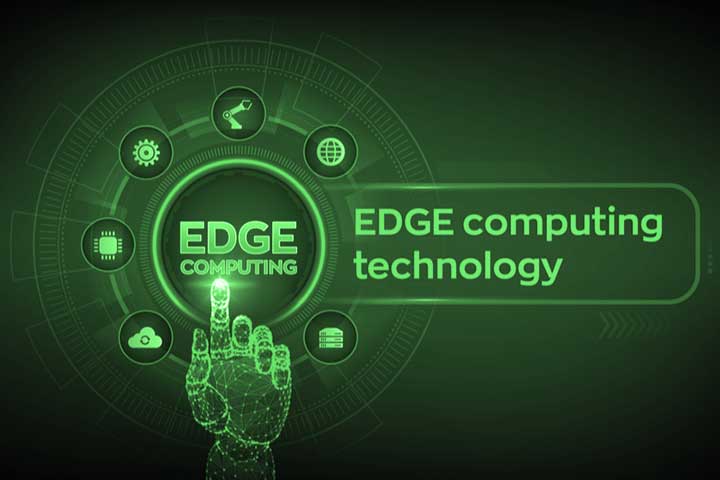Technology is in continuous search to improve its relationship with users. In fact, in the main updates of any tool, the aim is to improve usability, for example, that it connects faster, that it is capable of having a greater reach, that it is compatible with other solutions, that it is intuitive and easy to use, etc.
One of the great advances that have occurred in the field of IoT and Cloud Computing is the possibility of improving operational performance. And this is where Edge Computing comes into play.
Edge Computing is a technology that allows technological solutions that operate through the Internet to be more efficient and autonomous. This is what we call Cloud Computing: the applications on your mobile device connect to the Internet, either through a Wi-Fi signal or the network that you have contracted (the famous data), to respond to an interaction that you have caused . The simplest example is when you update your email inbox or when you ask Facebook to show you the latest in your news feed.
If you have a good connection, which is what telephone operators often offer today, this translates into seconds or milliseconds. In this time, imperceptible to the user, the request has gone through different levels, until it is returned by a web server in the form of a response.
A priori, it does not involve any major complication. However, all this network of networks can cause problems when there are many requests that are made at the same time, or when the request requires more complex processing, or simply when the answering server is located in another country (it is not the case). usual, but it can happen).
All of these scenarios cause what is known as latency time. If it happens on our mobile device, it will take longer to load the page. But what if these problems occur in other types of tools, whose latency in updating the data can cause production problems? From factory machinery to voice search devices used in the home; response time is essential for its correct operation.
And how does Edge Computing solve all this? In order to know what it is, we will describe how it works. The key is in the processing. In other words, what this technology does is bring the device that processes the data closer to what is known as “edge” (in fact, it is the translation of the word ” edge “).
It is as if you took the Internet router and approached the device that is connected (be it a smartphone, computer, Smart TV, etc.), only that, in this case, the same router is the one that works as “edge of the network ”, Since it is the connection point. Thus, the capacities of the servers are virtualized so that the processing is carried as close to each device that needs the connection, reducing latency time.
All this new paradigm in which connections move is essential for the Internet of Things (IoT) , whose basis is the creation of a network of networks in which machines, targets, devices and even buildings are interconnected, by a on the one hand, among themselves and, on the other, to the Internet.
In fact, the IoT is booming, and more data and connections will be made. Industrial sensors, thermostats, virtual speakers and even plugs. The connection possibilities are endless and, thanks to Edge Computing, the processing speed of these too.

